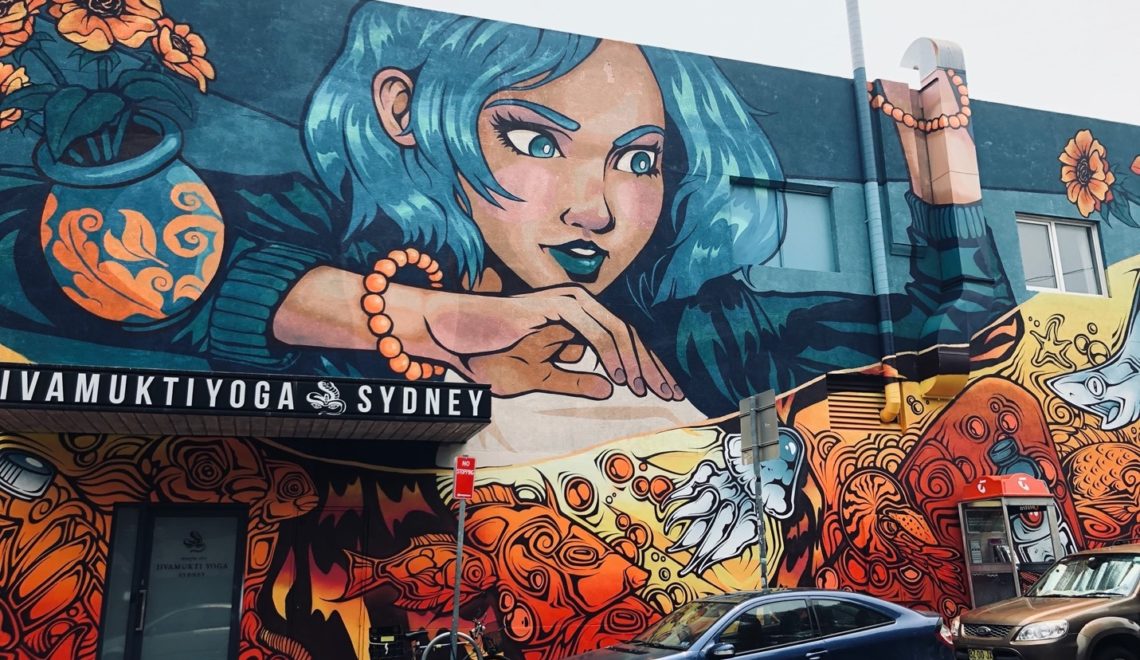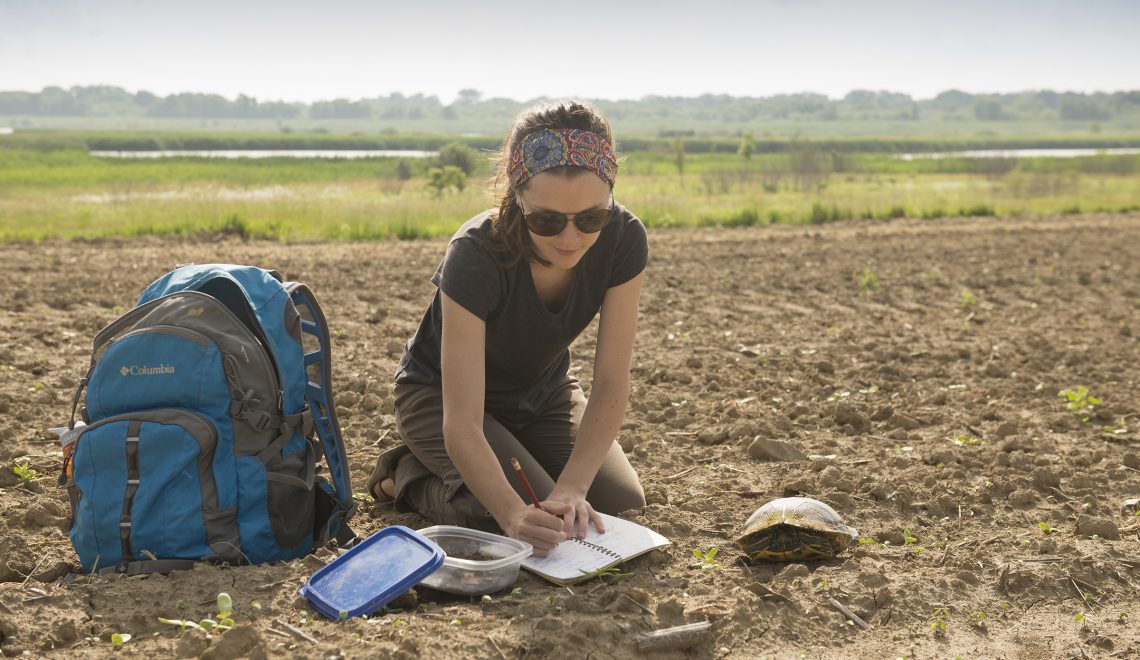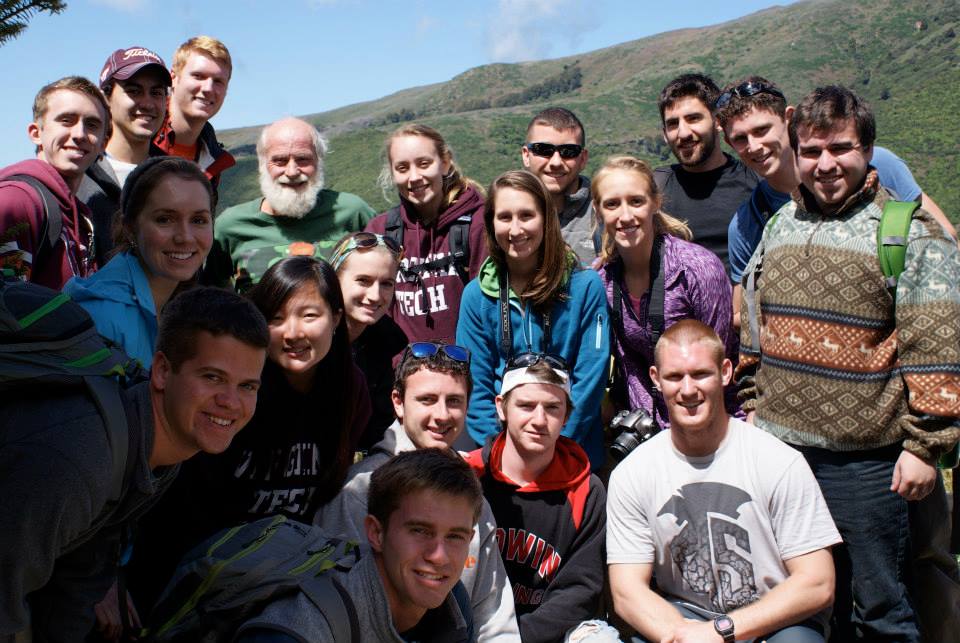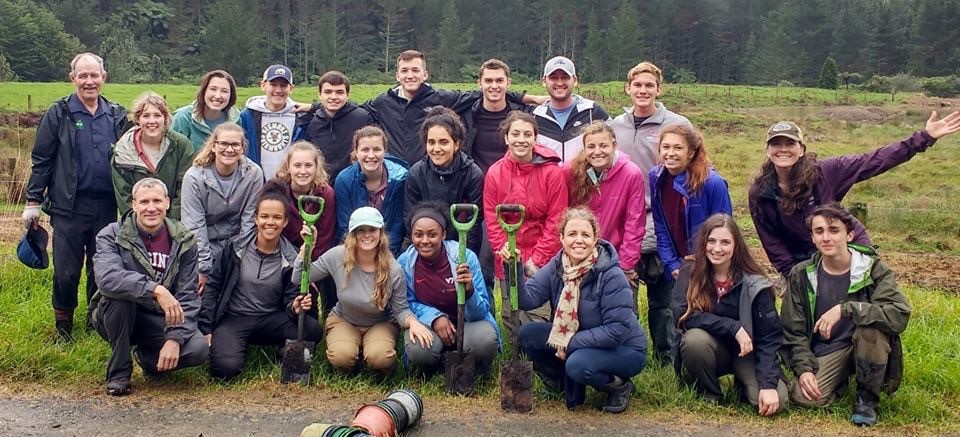
Lucas DuMez, Hokies Abroad Marketing Intern from Virginia Tech, explains some of the unique Hokies Abroad field experiences in New Zealand and Australia. He writes:
Hey, my name is Lucas and I go to Virginia Tech. I am writing about the field experiences that my group and I had while abroad in New Zealand and Australia.
Field experiences are like labs but take place out in the field of study. Every one of our field studies was hands on and we collected population data at each location using transects (a measured strip of land that is surveyed). While walking (or swimming) the transect area, a student looks for the particular item of interest and counts the number present of that item along the transect line to get an average population for a greater area. For example, if you were to collect a transect of a cow field, you would count the number of cows along a particular strip of land within that field. Then you would multiply that number by the total size of the field to get an average of the population, which means you don’t have to count every cow. Below are pictures and a description of each field study our Hokies Abroad group completed in 2018.
We got to snorkel the Great Barrier Reef and helped collect transect data alongside Calypso Reef Charters and Eye to Eye Marine Encounters. We collected numbers of fish species, other marine species and substrate types. I helped collect substrate data at three different locations of the reef.
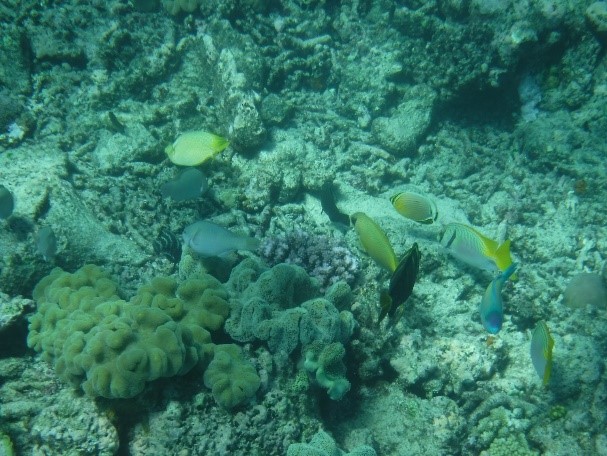
Aquatic life on the Great Barrier Reef 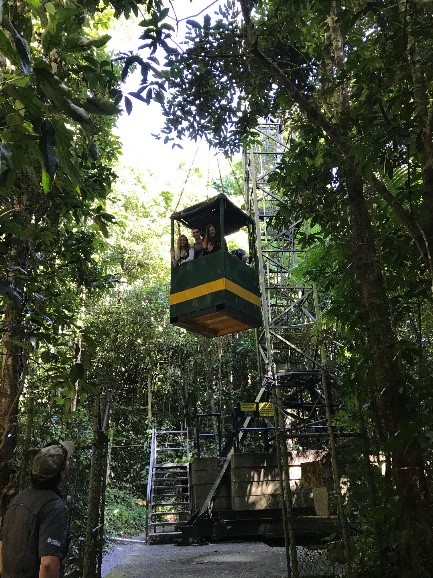
The Daintree Rainforest Observatory gondola
The Daintree rainforest is the oldest rainforest in the world. At the Daintree Rainforest Observatory, we got to go up into the canopy in a gondola which is used to survey animal species that cannot be seen from the forest floor. We also conducted a service-learning project where we monitored trees on a revegetation plot. We looked at tree growth, survival, and succession rates from previous years and compared them to how the trees were looking when we visited. This study is being conducted to understand the most successful ways of implementing large scale revegetation plots in the future of the rainforest.
We worked with the Tangaroa Blue Foundation to learn about the health of the marine environment around the Great Barrier Reef. We learned about the impacts marine debris have on a stretch of the Australian coastline. We helped to clean up 2.7 kilometres of a 4-mile beach in Port Douglas. That section of beach has been monitored monthly for the last five years, meaning we helped them collect data being used for a continuous study. The data was input into the Australian Marine Debris Initiative’s database and is used to develop strategies in preventing the dumping of human waste and debris in the oceans around the country.

Tangaroa Blue beach clean up 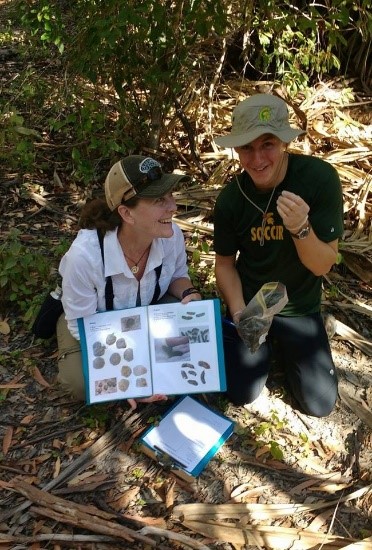
Magnetic Island Koala population survey 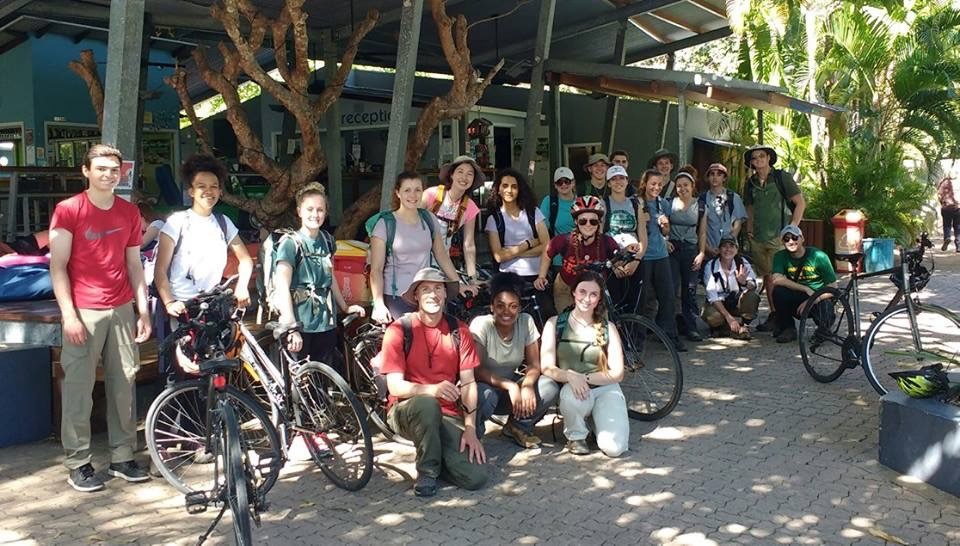
Magnetic Island group photo with bicycles
On Magnetic Island we were given the opportunity to take part in a field-based study surveying the koala population. We rode bikes for about 5 kilometres where we came across our field-site filled with eucalyptus woodlands. To find out how many koalas have been in the area, we collected koala poops and one of the students had to sniff them to see if they smelled like fresh eucalyptus. The fresh droppings show how much of the trees in the area are currently being consumed by the koala population. The data we collected was stored in a computer system and will be used for a student’s PHD program when the project has a few more years of monitorization.
We also took part in an estuarian environment research project. We completed a transect survey on shellfish and other aquatic organisms to collect data on downstream marine health. We learned the use of biological indicators and saw many crabs and molluscs.
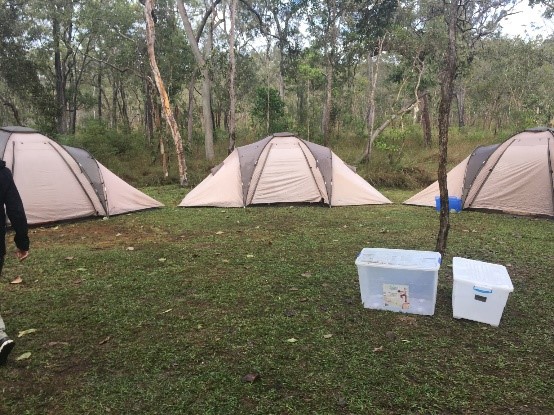
Campsite at Mt Molloy 
Collecting estuary data 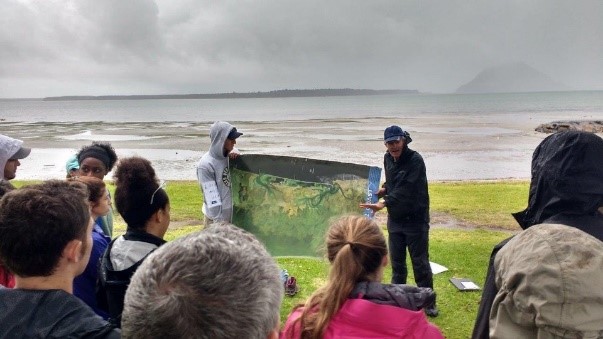
Tauranga estuary study
At Mt Molloy we met Claire Baker, a passionate entomologist, who showed us how to identify ant species so we could go and survey the property. We took transects of land affected by varying fire regimes and compared them to native vegetation areas. We counted ant occupancy on honey and meat petri dishes to see if there were greater populations and species of ants in the area where no burning occurred, where burning occurred 1 year ago and 2 years ago. We compared our findings at the end and Clare has since kept them on file for future groups to compare their numbers with.
We also helped plant native saplings to offset our carbon emission footprints and to help revegetate a construction valley area around the Tauranga catchment, which you can see in the title photo. We visited so many different biomes and environments during our trip abroad and got to do first-hand research. These experiences have allowed me to be better equipped for the labs I have worked in following the trip and will continue to help me further on in my scientific career. I am thankful for the great opportunity Hokies Abroad allowed me to be a part of and if you would like to learn more about the programs they offer so you can have a similar experience, visit www.hokiesabroad.org.

